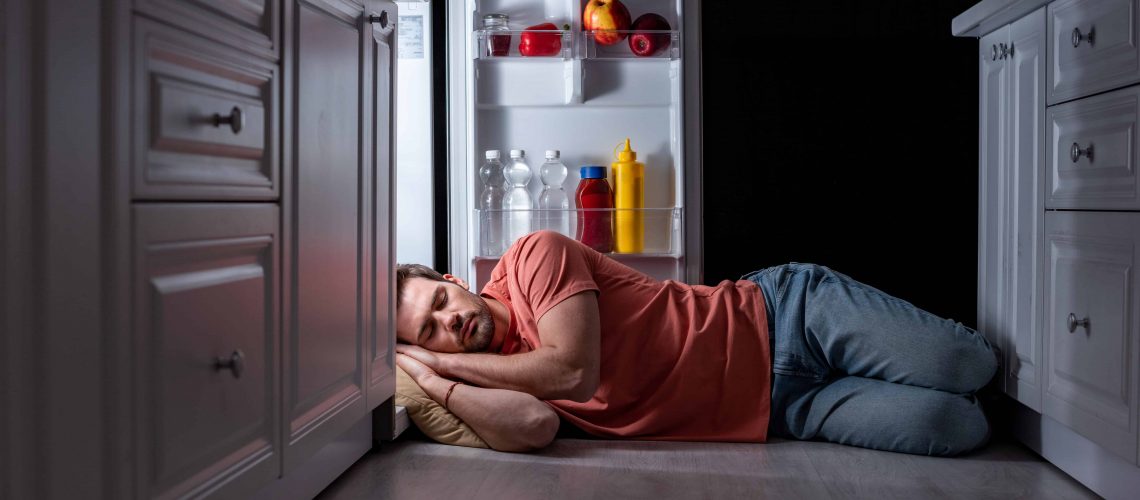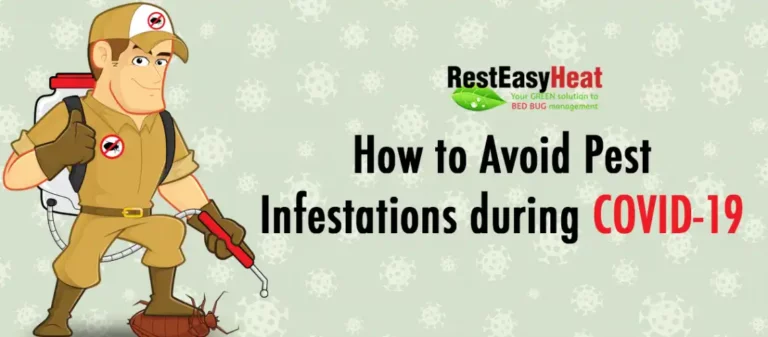The sooner temperatures warm up, the more bed bugs can start breeding and reproduce. Meaning, the bug and pest community will be buzzing more than normal in higher temperatures. The question is: given the rising temperatures and the predicted global warming, will this affect your bed bug situation at home?
“Scientists might want to write in capital letters, ‘ACT NOW, IDIOTS,’ but they need to say that with facts and numbers,” as per Kaisa Kosonen, of Greenpeace. “And they have.” A new study says that going past 1.5C is dicing with the planet’s liveability. And the 1.5C temperature “guard rail” could be exceeded in just 11 years, in 2030.
Bed bugs
Bed bugs once lived in caves and sucked the blood of bats and our prehistoric ancestors. When we left our caves, so did they. Bed bugs can sneak in through the tiniest cracks and followed us literally with every breath we take. We were doomed even before global warming started.
They know where you are because they can sense the carbon dioxide you exhale. You have something they want, and that just so happens to be your blood. When they get within sucking distance, they use heat sensors on their antennae to find the juiciest place to drill for plasma. An exposed limb is like a flashing neon sign for a free all-you-can-eat buffet. In fact, it can drink three times its weight in a single meal (talk about a big gulp).
Bed bugs have to drink blood to stay alive & breed. After all, Mother Nature is on the side of the bed bugs. The bug administers an anesthetic so you don’t wake up. These creatures can also release an anticoagulant so your vital life essence will gush freely from your veins. Bed bugs might have taught us to numb it for a while but the bite could last and heal within a week or two.
If bed bugs are not eliminated they multiply quickly reaching thousands. The bedbug finds the perfect spot to hit the blood bank. Worst case scenario, if you get a serious infestation, you might get bitten 500 TIMES IN A SINGLE NIGHT that you might get anemia. Well, unlike the bedbug.
High Temperatures
The National Oceanic and Atmospheric Administration (NOAA) data show that the average daytime temperatures in 46 of the 48 contiguous U.S. states were up over the winter of 2019. At the same time, this was the 12th wettest winter on record for the continental U.S. Add to this the fact that El Niño is in town pushing the jet stream further north, and the current weather conditions could have a MAJOR IMPACT on your pest problems tomorrow.
The point is if you mix that early hitting heat with the right humidity levels, and the weather today could mean an upcoming summer of bugs for you…or summer that will bug you.
Do you know that insects can survive the cold by burrowing deep into the ground or entering a sort of hibernation called diapause? After winter is over, the WARMER TEMPERATURES are on their advantage to BREED, and hatch more uninvited guests and bed bugs. The sooner temperatures warm up after winter, the more chances for eggs to survive and hatch with the right amount of moisture and humidity. This results for new bugs to start breeding a HEAVIER pest population awaiting for your spring and summer… or for the seasons to come.
Experts say that many insects can withstand extremely cold temperature. In fact, bed bugs could potentially live for weeks at freezing point or the other extreme at the high heat of 110 degrees. But most of the time, they are safe indoors––under your mattresses, while they can survive 1 YEAR between meals without eating. Imagine the audacity?
Therefore, it’s less important to consider if the weather/climate condition kills or eliminate the bugs than it is to think about how the early onset of HEAT and HUMIDITY could affect the increase of insect populations.
Consequently, the rising of tides and increase of heat trapped from too much carbon dioxide in our atmosphere aren’t helpful with the thought at all. Our future lies on how we take action for global warming today while the signs of our doom also ripple out to the rising pest situation.
Haven’t we all realized by this time that our sustainability is intertwined with how we take care of the environment and at the end of the day, nature can rightfully take whatever’s left of us? This time, pests can be more present to warn us about it.
Safety Measures
To make sure your home can weather these shifting patterns, consider evaluating and upgrading your attic and wall insulation. Installing effective insulation can help keep extreme temperatures and humidity in check. Check all your screens for holes, and repair if you find any. Also, check around your doors and windows for gaps, and replace window stripping when needed.
Aside from safekeeping your property and stepping up your food storage & waste segregation, somehow you just need to bring in the pros. “As professionals in this field, we have the best equipment and a well-planned personalized operation for certain pests in any circumstances,” says Micheal Martin of Rest Easy Heat. “You can benefit from our knowledge and expertise in pest control which has been tested and guaranteed over the years.”







